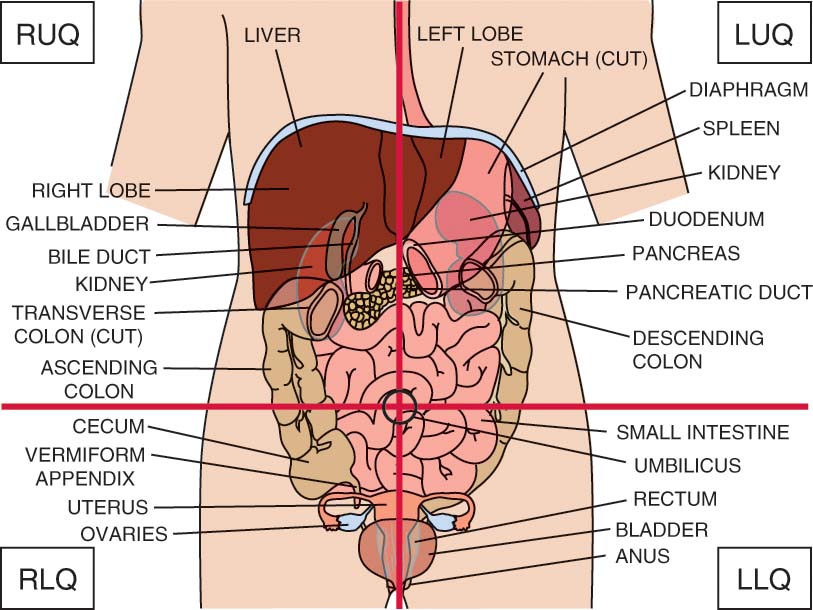
Genitourinary Assessment
| History |
|
| Medication |
|
| Pain |
|
| Lesions |
|
| Breasts |
|
| Testicles |
|
| Discharge |
|
| Menstruation |
|
Integumentary Assessment
| History | Pruritus; rashes; changes in mole or lesion; nonhealing sores; changes in skin, hair, or nails; eczema, psoriasis, acne. |
| Medication |
|
| Appearance |
|
| Hair and Scalp |
|
| Nails |
|
| Temperature |
|
| Moisture |
|
| Turgor |
|
| Lesions |
|
| Wounds |
|
Musculoskeletal Assessment
| History | Pain (chronic or acute), stiffness, weakness, trauma, fractures, dislocations, deformities, limitations, immunizations (e.g., tetanus, polio). |
| Medication | Pain medications including prescribed narcotics, anti-inflammatory drugs, and OTC medications. |
| Mobility |
|
| Spine |
|
| Extremities |
Muscle Strength Grading Scale
|
| Range of Motion |
|
Neurological Assessment
| Mental Status |
|
| Motor |
Muscle Tone
Motor Strength
|
| Reflexes | Babinski’s (Plantar) Reflex
Deep Tendon Reflexes
|
| Gait/Balance |  Do not force Pts to attempt tasks beyond their limitations. Do not force Pts to attempt tasks beyond their limitations.
|
| Coordination |  Do not force Pts to attempt tasks beyond their limitations. Do not force Pts to attempt tasks beyond their limitations.Rapid Alternating Movements
Point-to-Point Movements
Romberg’s Test
Proprioception
|
| Sensory |
|